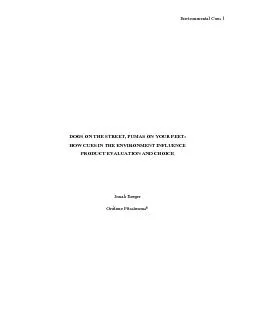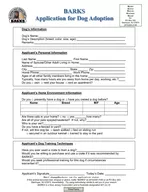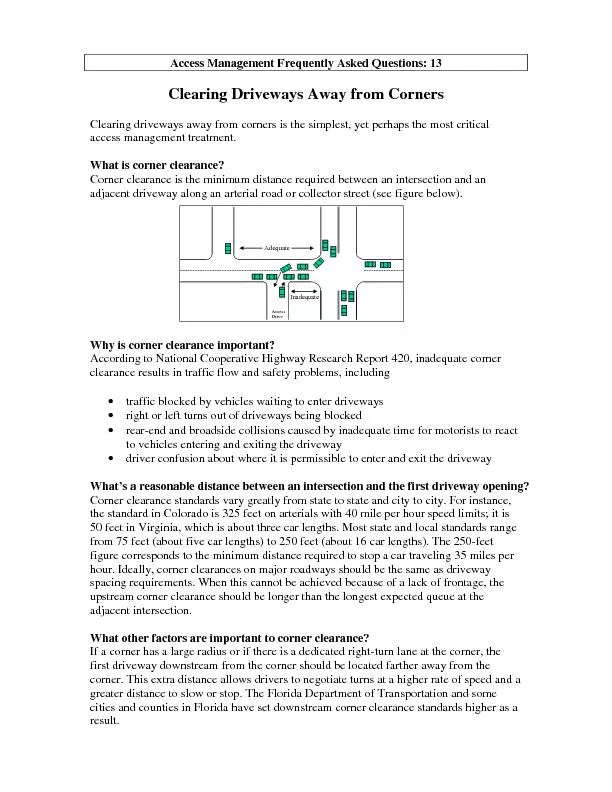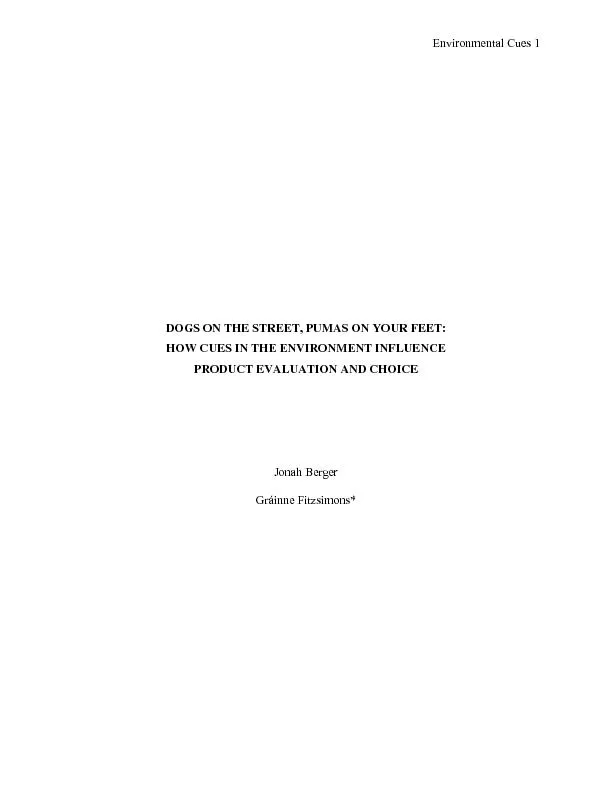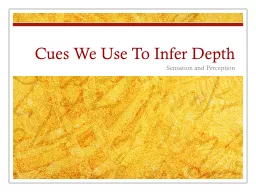PDF-Environmental Cues 1 DOGS ON THE STREET, PUMAS ON YOUR FEET: HOW CUES
Author : phoebe-click | Published Date : 2015-10-02
Environmental Cues 3 Little empirical research has examined the implicit effects of environmental cues on consumer behavior Across six studies using a combination
Presentation Embed Code
Download Presentation
Download Presentation The PPT/PDF document "Environmental Cues 1 DOGS ON THE STREET,..." is the property of its rightful owner. Permission is granted to download and print the materials on this website for personal, non-commercial use only, and to display it on your personal computer provided you do not modify the materials and that you retain all copyright notices contained in the materials. By downloading content from our website, you accept the terms of this agreement.
Environmental Cues 1 DOGS ON THE STREET, PUMAS ON YOUR FEET: HOW CUES: Transcript
Download Rules Of Document
"Environmental Cues 1 DOGS ON THE STREET, PUMAS ON YOUR FEET: HOW CUES"The content belongs to its owner. You may download and print it for personal use, without modification, and keep all copyright notices. By downloading, you agree to these terms.
Related Documents

